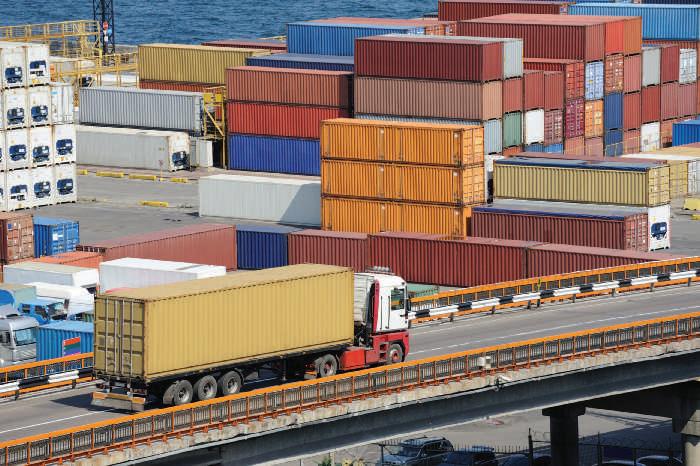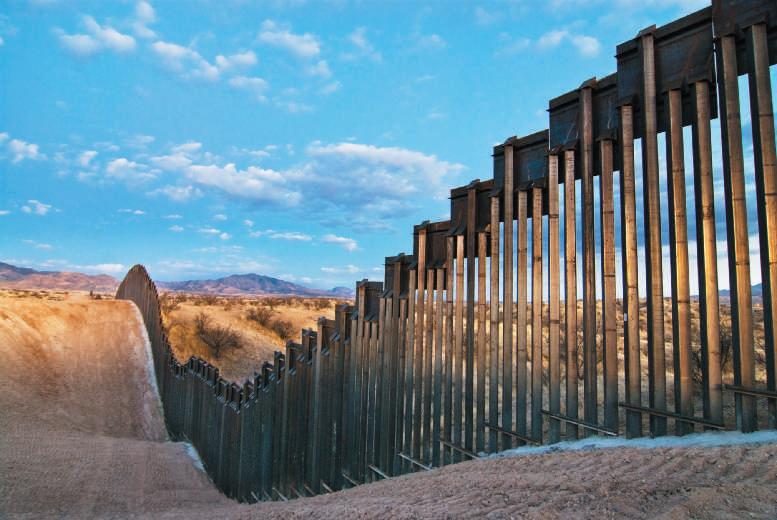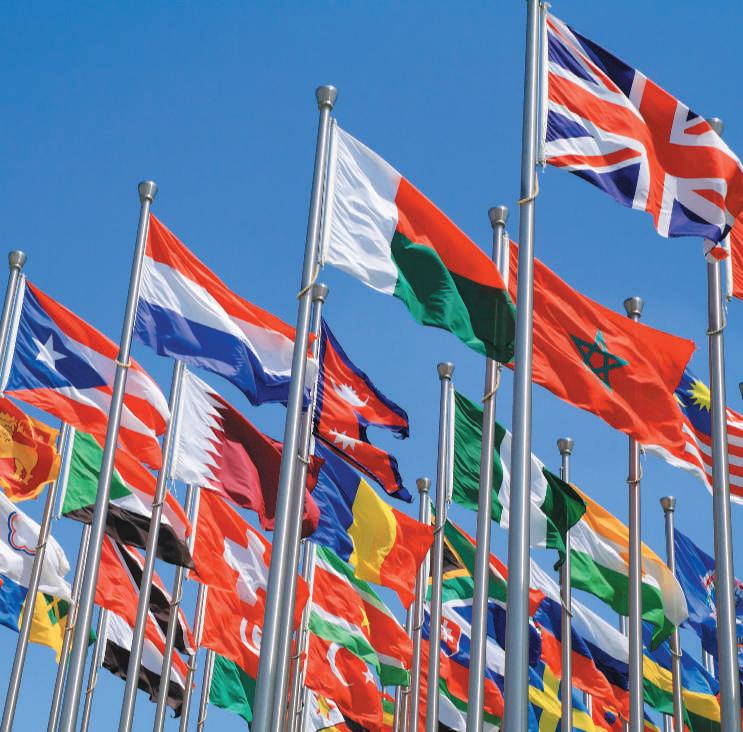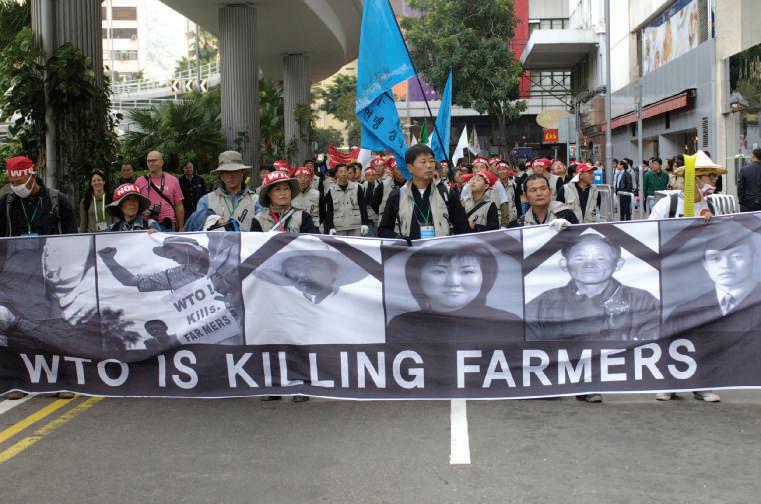324
C H A P T E R 1 3 G lo b al O peratio n s a n d S u ppl y - C hai n M a n ageme n t
allow interested foreign customers and their governments to manufacture in their countries some of the components of the planes they are buying (defined in this chapter as offsets). As mentioned earlier, Boeing has thousands of suppliers in more than 100 countries. The Japanese companies Mitsubishi, Kawasaki, and Fuji produce the wings, forward fuselages, and center wing boxes, respectively. The Swedish company Saab makes cargo doors, and the Italian company Alenia Aeronautica produces horizontal stabilizers and central fuselages. Boeing also has suppliers in Britain, France, Germany, and South Korea. Boeing Engineering Vice President Mike Denton has said, “We will probably do more of the design and even some of the major production for the next new airplane ourselves as opposed to having it all out with suppliers.”9
R E A L I T Y C H E C K LO-2 Do you or does anyone you know work for a company that is outsourcing goods and services? Describe some of the pros and cons of outsourcing for the company involved and for the world economy.
LO-3 Identify the advantages and disadvantages of global production.
13-3 Global Production Just as there are pros and cons of buying components and raw materials, there are advantages and disadvantages of making components and raw materials in-house. As was explained earlier in this chapter, locating all production facilities in only one country is known as domestic production, and locating production facilities in several countries is known as global production. In some business circles, relocating a production facility from one country to another is called offshoring. Note that as indicated earlier in this chapter, in some other business circles, offshoring is also used to denote global procurement. To avoid confusion, the term offshoring is not used in this chapter. Sometimes it is possible for a firm to produce the components and raw materials in-house or in partnership with another company.
13-3a Advantages of Making One advantage of making components and raw materials in-house is cost. Because the producing firm is making the product it has designed, knowledge of the product may provide efficiency advantages over potential suppliers. For example, a car manufacturer may be in a better position to make the engines for its cars, because the car manufacturer designed both the car and the engine. A closely related advantage of in-house production is cost control. If the company is making both the component and raw materials, there will not be any surprising price increases from suppliers. A second advantage of producing components and raw materials is control over quality. If the supplier does not have an intimate knowledge of how the component or raw materials will be used in the product, final assembly may suffer due to decreased quality. This is the reason why Boeing maintains a production facility in Portland, Oregon that manufactures precision machined parts. Making components and raw materials in-house also allows the company more control over deliveries. Boeing, for example, learned of this advantage the hard way. Due to late deliveries from suppliers that have delayed production, Boeing’s original plan to put its first 787 Dreamliner into the air in August 2007 had to be changed to January 2010. Consequently, as described earlier in this chapter, Boeing is now insourcing many of the 787 components in order to exert more control. Copyright 2017 Cengage Learning. All Rights Reserved. May not be copied, scanned, or duplicated, in whole or in part. Due to electronic rights, some third party content may be suppressed from the eBook and/or eChapter(s). Editorial review has deemed that any suppressed content does not materially affect the overall learning experience. Cengage Learning reserves the right to remove additional content at any time if subsequent rights restrictions require it.







































